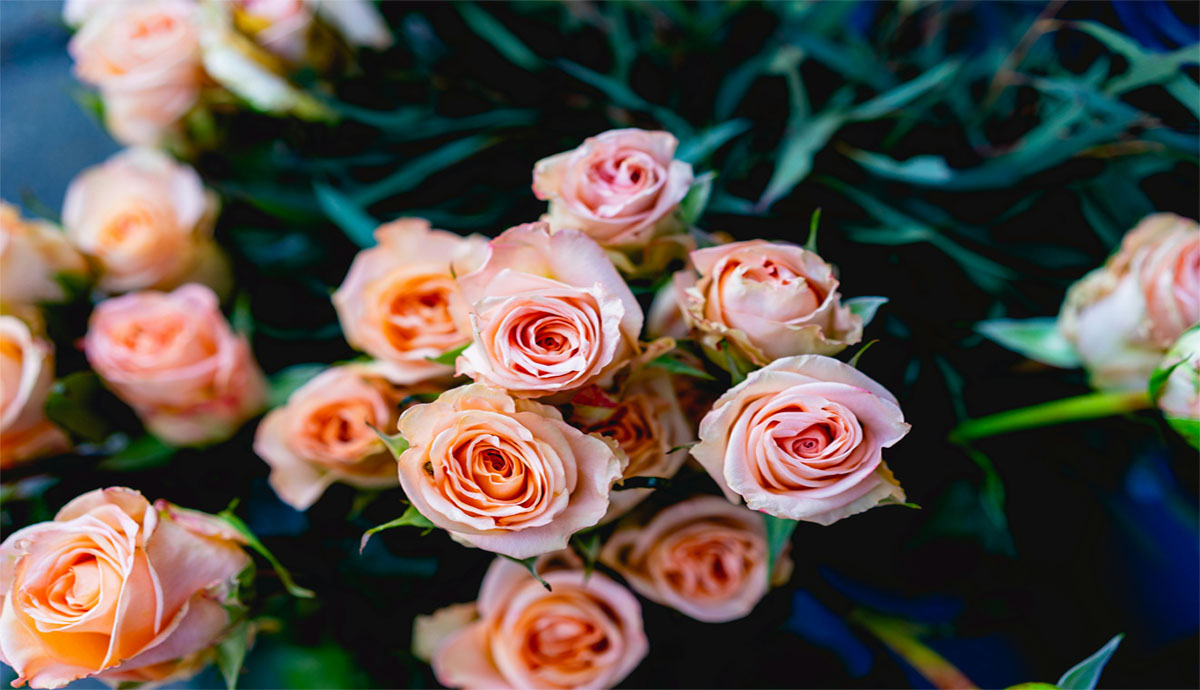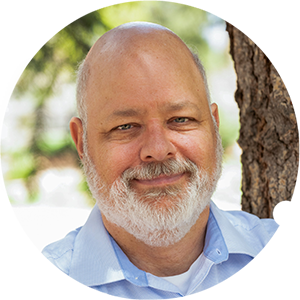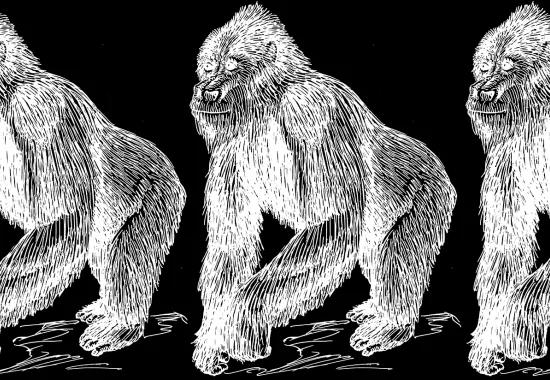Family Viewing
Funerals, in general, don’t bother me. For some time I’ve played a range of roles in the burial process. When I was young, my family would visit my uncle in North Carolina. On the weekends, we would go to the family’s small, red rustic house on Lake Norman to swim and waterski. During the week, we worked at my uncle’s florist shop to help offset the cost of our shore side retreats. The work area smelled sweet and each room was heavy with cool and moist air poured from the swamp cooler on the roof. I would haul large foam-lined cardboard boxes out of cold storage. They were covered with customs stamps from Columbia and Ecuador. Roses hibernated inside, waiting to become someone’s apology or proposal. I pulled oasis foam out of anodized tubs—the small green blocks absorbed water to become reservoirs for angle-cut stems to pierce and drink. I swept discarded stems, leaves, and petals as they piled around worktables. I helped with deliveries too. We would always park in the back of funeral homes because the directors didn’t want our scratched and abused van to spoil the curb appeal. The driver and I would carry casket sprays and wreaths through the back entrances past storage and body preparation areas on our way to the viewing rooms at the front. Stainless steel tables with built-in gutters and drains owned these spaces. A mix of familiar and alien tools defined each stage of transformation. I was around twelve years old but knew this was what separated children from adults—seeing life’s mechanics sprawled in front of you, yet still being able to move forward.
After several summers of working at my uncle’s florist shop, I had learned to read the scale and scope of an event by the types of flowers loaded into the van. High-end affairs often received rose-laden tributes, typically including a casket spray. More modest funerals featured carnations, most tinted from white to pink with quick bursts from an aerosol can. Magnificent casket sprays were displayed beside the deceased on green wire tripods. Once the family viewing was over, the lid would be closed and the crimson exhibit would be lifted to rest on top of the casket. The layout was the same for my sister’s service. Later the same day we re-visited her grave. Her casket had been lowered into the vault and covered with fresh, dark earth. The spray was resting on the mound in the shade of the dark green tent that covered the site.
It’s common for these funeral sprays to come to life either in a cameo or main feature appearance in my dreams. I remember the first of these dreams early in my work at my uncle’s shop. One such floral creation turned into the monstrous squid from 20,000 Leagues under the Sea, the one with Kirk Douglas. In that dream, I watch from ceiling height as the neat coils of stems thicken and reach down like tentacles for the floor. Rose petals tighten to form pulsing suction cups. Thorns, stripped off the stem’s skin at the shop by pulling them through a wicket of short metal prongs, reemerge with added curvature and length. The arms slowly surround the casket’s sides, embracing it as if it were the Nautilus itself. Without a sound or ripple the entwined pair plunge below the carpet’s velour nap.
Fifteen years after my florist apprenticeship, a new element was added to my dreams. I was deployed to Egypt in support of U.S. troop withdrawals from Somalia. It was the first day of Eid Al-Fitr, the festival following Ramadan’s month of fasting and restraint. We were driving near the Mosque built by Muhammed Ali Pasha in memory of his eldest son’s death from a plague outbreak in 1816. It’s built on Cairo’s highest point on the remains of the Saladin Citadel. Tour guides brag that you can experience refreshing breezes at the fortress ruins even on the hottest days. Egyptian children were running and playing everywhere. One girl caught my eye as she flew into the opposing lane of traffic like a startled gazelle—so fast, so determined, then a black sedan intercepted her path. The car shoved her across the asphalt until her head nestled the median’s elevated curb. I saw her wide, locked eyes before traffic broke our stare. I knew she was dead. Our embassy-assigned driver, Mahar, kept his eyes on our own congested lane and responded to my stunted description of what I saw. “Yes, it happens, it is very sad, but, yes, it happens.” I sat in silence for the next half hour.
I couldn’t help but think of the funeral that would follow. I could easily see the setting for a typical American viewing, but I was at a loss to imagine what the girl’s family would do.
I’d spent deployment downtime touring Giza’s pyramids and the Theban Necropolis in Luxor. These excursions had filled my head with details of elaborate hand-carved tombs and sarcophagi inlaid with gold. I later asked Mahar over coffee at our hotel bar if he could share what would happen to the girl. He described each burial phase following each short sip and long pause. In a room in the child’s house, the older family members would close her eyes and lips. The mother and grandmother would wash the child’s body in the same way they did when the girl was much younger and more fragile. White cotton would be wrapped around her skin. Actual burial would take place as soon as extended family could arrive from distances no more than a day’s drive from Cairo. Within the graveyard her father, uncles and elder brothers would gently lay her body in the cool earth, ensuring she faced the Holy City of Mecca. Prayers and holy readings would mark the ceremony with no flowers or colorful trappings to distract from the farewell.
It has been twelve years since my sister’s suicide … ten years since my mom’s opioid-accelerated death, and three years since my father passed without funereal fanfare in the opening months of the pandemic. During odd breaks in the day, I’ll consider my own departure. Each birthday since my fiftieth has increased the frequency. I’ll wonder about an afterlife, which has morphed over the years. Once starched Southern Baptist conceptions of streets of gold now play with stories my son and daughter read as part of our bedtime ritual. C. S. Lewis and Rick Riordan have changed how I imagine Heaven. I want to see my sister, mother, and father again in whatever realm awaits. I hope they are greeted by someone I’ve thought about every day since I saw her, the Egyptian girl running in the cool breeze of Saladin Citadel. I hope she greets me too. She’ll shew away the crimson monster draped over my casket, open the lid to share a warm smile, and welcome me in a soothing voice to the Fields of Hotep—Fields of Peace. Helping me out of my vessel, she then hands me a clutch of blue lotus, white chrysanthemums, and green papyrus.
Recommended
Schizophrenic Sedona
Recense (realized)
Notes on Hands






